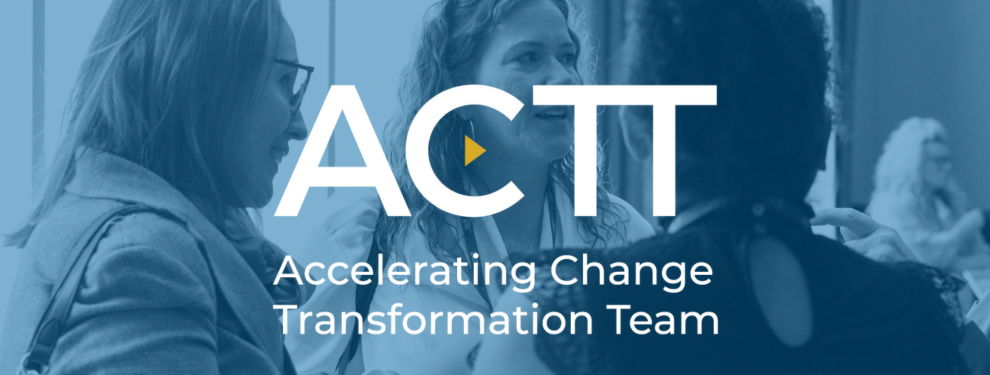Session Summary
Session Hosts: Dr. Janet Craig & Dr. Andie Bains
Presenters & Panelists: Michele Hannay, Dr. Amanda Brisebois, Dr. Trevor Day, Dr. Jordan La Rue
Session Objectives: At the end of this webinar, you will be able to:
- Distinguish between the concepts of influence and advocacy, and how they inter-relate.
- Practice specific strategies for influencing others and advocating for change.
- Describe examples of advocacy and influence in action in Alberta healthcare.
Recommended Resources:
- Session Recording
- Book: Mindset: The New Psychology of Success by Carol Dweck
Session Highlights & Themes:
Physicians are increasingly called upon to advocate not just within their own practices, but at higher levels where system-wide transformation occurs. By using both advocacy and influence, they can contribute to meaningful change in healthcare.
Advocacy Vs. Influence
- Advocacy is the act of publicly supporting or recommending a particular cause or policy, often with a more direct and vocal approach.
- Influence is about shaping others’ perceptions, decisions, and actions, often without direct authority.
- While the two are closely related, advocacy tends to be more overt, whereas influence relies on relationship-building and subtle persuasion.
Strategies:
Building Coalitions and Trust:
-
Advocacy and influence often require collaboration with other physicians, healthcare teams, and administrators. Building trust is critical, as long-term relationships enable effective collaboration and shared decision-making.
-
Trust is earned through consistent participation in discussions, even during challenging times. Physicians who show up regularly, work collaboratively, and build mutual understanding help facilitate smoother negotiations and shared goals.
Crafting Compelling Messages:
-
When advocating for change, it’s important to use a mix of logical arguments (data), emotional appeal (stories), and credibility (relationships) to build a persuasive case.
-
Physicians should align their messages with the goals of decision-makers. For example, understanding the government’s health mandate and framing the issue in ways that resonate with those objectives can increase the likelihood of success.
Managing High-Stakes Situations:
-
In emotionally charged or high-stakes situations, self-regulation is key. Physicians need to practice self-compassion, acknowledge the difficulty of their roles, and avoid letting negative emotions dictate their actions.
-
Maintaining composure and approaching challenges with a growth mindset enables leaders to navigate complex situations more effectively.
Key Takeaways:
Building Relationships for Long-Term Change:
-
Trust and collaboration are crucial in navigating the healthcare system. Physicians must cultivate relationships across different levels of the healthcare environment, from fellow clinicians to administrators and beyond.
-
Leadership in healthcare means balancing the need for immediate advocacy with the subtle, long-term influence that drives systemic change.
Growth Mindset in Leadership:
-
Leadership is challenging, and setbacks are a natural part of the process. Embracing a growth mindset—where failures are seen as opportunities for learning—helps physicians remain resilient and effective in their roles.
Strategic Communication:
-
The most successful advocacy efforts use clear logic, compelling emotional narratives, and strong credibility. Physicians must be prepared to engage at various levels, whether it’s through direct conversations, committee work, or public communication, to advance the changes they seek.
